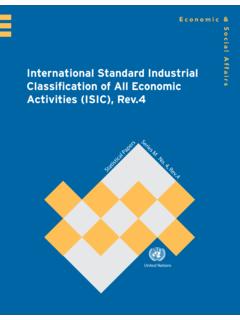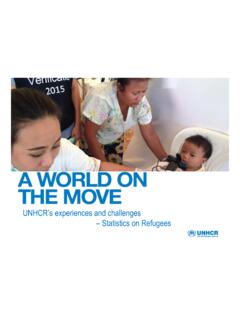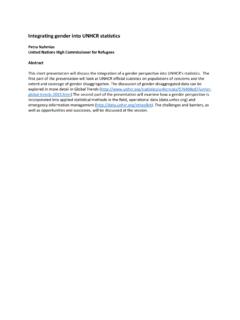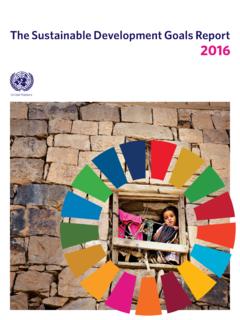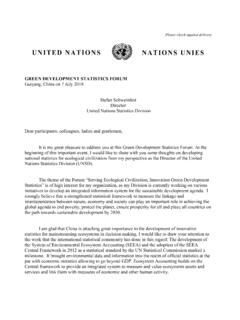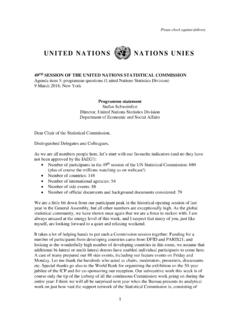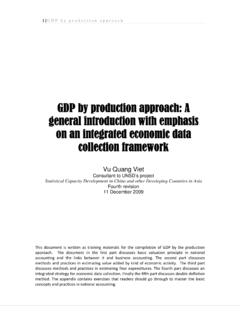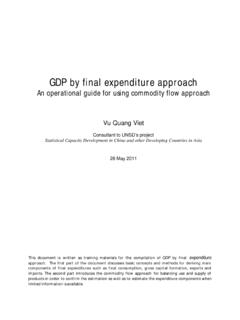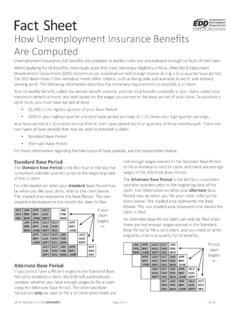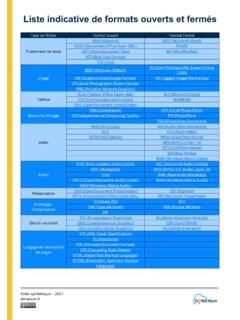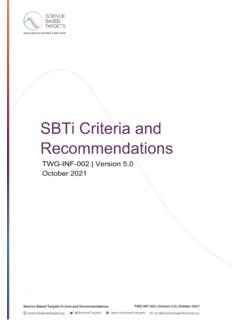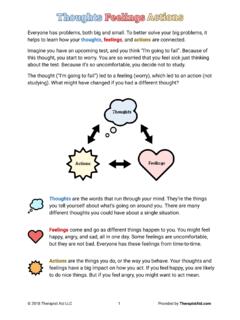Transcription of VIOLENCE AGAINST WOMEN - United Nations
1 VIOLENCE AGAINST WOMEN is everywhere. VIOLENCE AGAINST WOMEN1 in 3 WOMEN have experiencedphysical/sexual VIOLENCE at some point in their in 3 victims of intimate partner/family related homicide than 40% of WOMEN who experiencedviolence sought help of any those, less than 10% sought help from the make up less than 35% of police personnel in all 86 countries with most countries, The World s WOMEN 2015 NationsNorth America:7-32%Latin America& the Carribbean14-38%Africa:6 - 64%Europe:13-46%Asia6-67%Oceania:17-68%N odataNumber of countries that have passed laws on:Domestic violenceSexual harassmentMarital rape11912552 Countries that collected data onviolence AGAINST WOMEN :89442005 - 20141995 - 2004 Percentage of WOMEN who have experienced intimate partner VIOLENCE at least once in their AGAINST WOMEN Key findings WOMEN across the world, regardless of income, age or education, are subject to physical, sexual, psychological and economic VIOLENCE .
2 Intimate partner VIOLENCE accounts for the majority of WOMEN s experiences of VIOLENCE . Prevalence of sexual VIOLENCE is lower than that of physical VIOLENCE ; however, in intimate relationships they are often experienced together. Worldwide, 35 per cent of WOMEN have experienced physical and/or sexual VIOLENCE by an intimate partner or sexual VIOLENCE by a non partner at some point in their lives. Experience of VIOLENCE can lead to long term physical, mental and emotional health problems; in the most extreme cases, VIOLENCE AGAINST WOMEN can lead to death. Two thirds of victims of intimate partner/family related homicides are WOMEN , while WOMEN represent only 20 percent of victims of all cases of homicides. Half of countries in developing regions report a lifetime prevalence of intimate partner physical and/or sexual VIOLENCE of at least 30 per cent.
3 Prevalence is generally high in Africa, with one quarter of countries in the region reporting prevalence of at least 50 per cent. In Oceania, prevalence is the highest, reaching over 60 per cent in a number of countries in the region. More than half of developed countries report a lifetime prevalence of at least 20 per cent. Lifetime experience of psychological VIOLENCE (including emotional abuse and controlling behaviour) is highest in Latin America and the Caribbean, in Oceania and in developed countries where prevalence is higher than 40 per cent in more than half of countries. Acceptance of wife beating is generally higher in Africa, Asia and Oceania and lower in Latin America and the Caribbean and developed countries. However, attitudes towards VIOLENCE are starting to change in almost all countries where information for more than one year is available, the level of both WOMEN s and men s acceptance of VIOLENCE has decreased over time.
4 In most countries, levels of acceptance are lower among men than WOMEN . In the 29 countries in Africa and the Middle East where the practice is concentrated, more than 125 million girls and WOMEN alive today have been subjected to female genital mutilation. However, data indicate that the practice is less prevalent among younger WOMEN than older generations in all countries. In the majority of countries, less than 40 per cent of the WOMEN who experience VIOLENCE seek help of any sort, and among those who do, most look to family and friends as opposed to the police and health services. The percentage of WOMEN who seek help from the police, out of all WOMEN seeking help, is less than 10 per cent in almost all countries with data. At least 119 countries have passed laws on domestic VIOLENCE , 125 have laws on sexual harassment and 52 have laws on marital rape.
5 However, even when domestic VIOLENCE laws exist, they are not always implemented, or implemented in ways that help WOMEN . Specific measures need to be taken to account for the fact that WOMEN , often eco nomically dependent on their intimate partner, are at risk of being deprived of their only source of economic support when their partner is convicted and imprisoned. Availability of data on VIOLENCE AGAINST WOMEN has increased significantly in recent years since 1995, 102 countries have conducted at least one survey addressing the issue: 44 collected data on this sensitive topic in the period 1995 2004 and 89 did so between 2005 and 2014.

